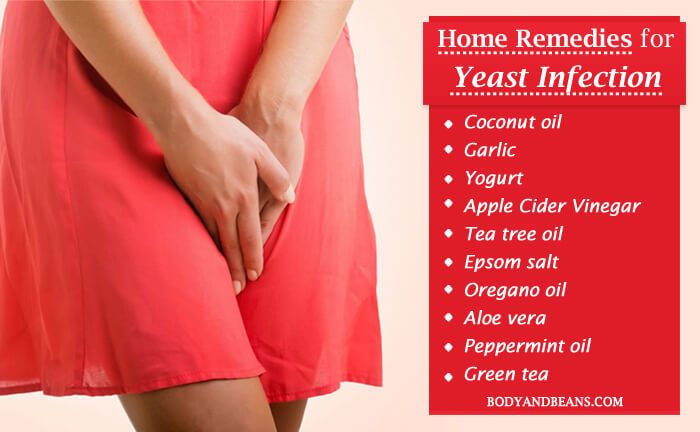Yeast Infection on Leg Crease: Causes, Symptoms, Pictures, and Treatment
What causes a yeast infection on the leg crease? What are the symptoms of this condition? How can it be treated and prevented? Get answers to these questions and more.
Understanding Intertrigo: The Skin Condition Behind Yeast Infections in Skin Folds
Intertrigo is a skin condition that occurs when moist areas of skin rub against each other, leading to irritation, chafing, and the growth of bacteria and yeast. This condition typically develops in skin folds, such as the inner thighs, armpits, under the breasts, or in the groin area. Intertrigo can result in a red, raw-looking rash that may feel sore or itchy.
Causes and Risk Factors of Intertrigo
Intertrigo is caused by the warm, damp environment created when skin folds rub against each other. This environment is conducive to the growth of yeast and bacteria, which can lead to infection. Certain health conditions and factors can increase the risk of developing intertrigo, including:
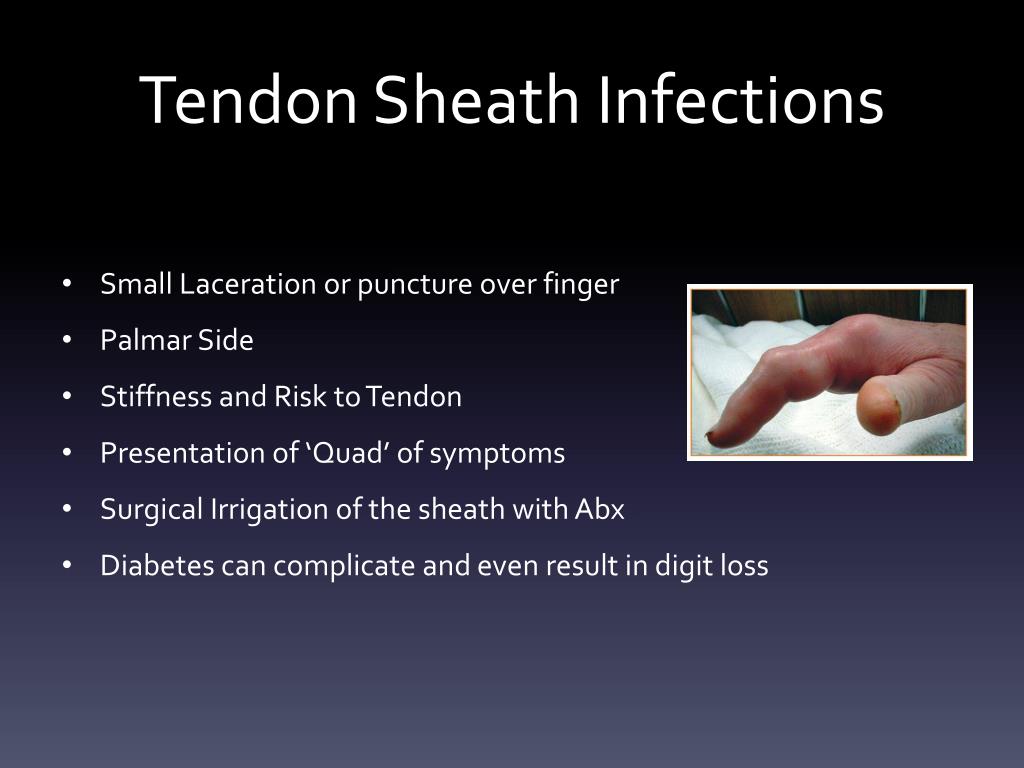
- Obesity
- Diabetes
- Incontinence
- Weakened immune system
- Certain skin conditions, such as inverse psoriasis, Hailey-Hailey disease, and pemphigus
- Hot, humid weather
Identifying the Symptoms of Intertrigo
The primary symptom of intertrigo is a red, raw-looking rash that develops in skin folds. This rash may feel sore or itchy, and it can sometimes ooze. Intertrigo is most commonly found in the following areas of the body:
- Inner thighs
- Under the breasts
- In the fold of skin under a protruding belly
- Groin
- Between the buttocks
- In the webs of the fingers or toes
Diagnosing and Treating Intertrigo
To diagnose intertrigo, a dermatologist will typically inspect the affected skin and may take a swab to test for the presence of yeast or bacterial infections. Treatment for intertrigo often involves the following steps:
- Wash the affected area with a ketoconazole 1% shampoo, leaving it on for 2-5 minutes before rinsing.
- Use a hair dryer on a low setting to ensure the area is completely dry.
- Apply a thin layer of a mixture of clotrimazole 1% cream (or miconazole 1% cream) and hydrocortisone 1% cream to the affected area, twice a day, until the rash clears (which may take 3-8 weeks).
- Continue using the ketoconazole 1% shampoo as a soap in the affected area at least once a week, even after the rash has cleared.
Preventing Recurrent Intertrigo
To prevent intertrigo from recurring, it’s important to keep the affected area dry. Some tips for preventing intertrigo include:

- Using absorbent materials, such as cotton, to pad skin folds and absorb sweat
- Applying antiperspirants to affected areas
- Washing daily with an antibacterial soap
- Dusting the affected area with an absorbent antifungal powder once it’s clean and dry
If the problem persists or keeps coming back, it’s best to consult a doctor for further evaluation and treatment.
The Impact of Underlying Health Conditions on Intertrigo
Certain underlying health conditions can increase the risk of developing intertrigo or make it more difficult to treat. Some of these conditions include:
- Inverse psoriasis: A form of psoriasis that develops in skin folds, causing a red, shiny rash
- Hailey-Hailey disease: A rare genetic disorder that causes skin cells to stick together and break down the layers of the skin, leading to blisters and irritation in skin folds
- Pemphigus: A group of autoimmune disorders that cause the body’s immune system to attack healthy skin cells, leading to blisters and sores
- Bullous pemphigoid: An autoimmune condition that can cause mild, itchy welts or more severe blisters on the skin
Addressing any underlying health conditions is an important part of managing and preventing recurrent intertrigo.

The Importance of Proper Skin Care for Intertrigo
Maintaining good skin hygiene and keeping affected areas clean and dry are crucial for managing and preventing intertrigo. This includes:
- Washing the affected area with an antibacterial soap
- Thoroughly drying the area, especially after bathing or sweating
- Using absorbent materials, such as cotton, to pad skin folds and absorb moisture
- Applying antifungal powders or creams as directed by a healthcare provider
By following these simple skin care practices, individuals can help prevent the development of intertrigo and reduce the risk of recurrent infections.
Causes, symptoms, pictures, and treatment
Intertrigo is a skin condition that causes a rash in skin folds, such as under the breasts, in the groin, or in stomach folds. The rash may be sore or itchy.
It happens when areas of moist skin rub together. Bacteria and yeast can grow in this environment, leading to an infection.
In this article, we describe what intertrigo is, what it looks like, and what causes it. We also cover diagnosis, treatment, and prevention.
Intertrigo is a skin condition that happens when folds of skin chafe against each other.
It usually develops in the inner thighs or armpits, or under the breasts or tummy fold.
Some people may experience yeast or bacterial infections in the folds of skin.
Areas of moist skin rubbing together cause intertrigo. The warm, damp environment makes the skin conducive to irritation and the growth of yeast and bacteria, which can lead to an infection.
While it can happen at any age, intertrigo tends to affect infants, older people, and those with a reduced ability to move around. In babies, it is often called diaper rash. Most cases occur in hot or humid environments and during the summer.
In babies, it is often called diaper rash. Most cases occur in hot or humid environments and during the summer.
Intertrigo is also more common in adults with incontinence, obesity, diabetes, or a weakened immune system.
Specific health conditions that can contribute to the development of intertrigo include:
Inverse psoriasis
Also known as intertriginous psoriasis, this form of psoriasis develops in the folds of the skin. It can look red and shiny.
Hailey-Hailey disease
Hailey-Hailey disease is a rare genetic disorder that causes skin cells to stick together and breaks down the layers of the skin.
People with Hailey-Hailey disease usually experience blisters and irritations on the neck, armpits, and genitals and in the folds of the skin.
Pemphigus
There are different types of pemphigus, but they all happen when the body’s immune system attacks the healthy cells in the top layer of the skin.
It typically causes blisters in the mouth, nose, throat, eyes, or genitals.
Bullous pemphigoid
A fault in the immune system causes bullous pemphigoid. People with the condition can develop mild, itchy welts or more severe blisters on the skin. These tend to appear on areas of the skin that flex or move.
Intertrigo looks like a red, raw rash on the skin. It may feel sore or itchy, and it can sometimes ooze.
It can develop in any fold of the skin. The most commonly affected areas of the body include:
- the inner thighs
- under the breasts
- in the fold of skin underneath a protruding belly
- the groin
- between the buttocks
- in the webs of the fingers
- in the webs of the toes
Intertrigo may develop in one or more of these places.
It will often be a specialist skin doctor, or dermatologist, who diagnoses intertrigo. They will do this by inspecting the skin and asking a series of questions about the person’s symptoms.
If the dermatologist suspects that a yeast or bacterial infection has developed in the skin fold, they may take a swab and send it to a laboratory for analysis.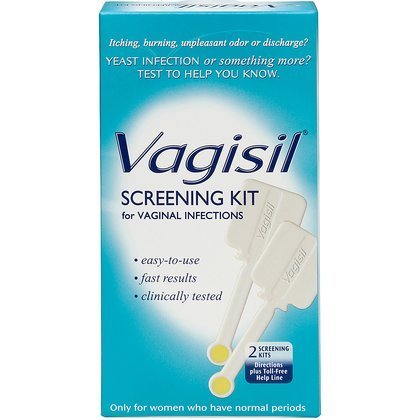
An article in the Journal of the Dermatology Nurses’ Association offers the following advice on treating intertrigo:
- Wash the affected area with ketoconazole 1% shampoo, which is available from most drugstores. People should leave it on for 2–5 minutes and then rinse it off.
- Use a hairdryer on a low setting to ensure that the area is completely dry.
- Mix equal amounts of clotrimazole 1% cream (or miconazole 1% cream) and hydrocortisone 1% cream and apply a thin layer to the affected area. People should do this twice a day until the rash is clear, which may take 3–8 weeks.
- Once the rash has cleared, continue to use the ketoconazole 1% shampoo as soap in the affected area at least once a week.
- Dry the skin with a hairdryer after every bath or shower, or whenever it feels particularly damp.
The best way to prevent intertrigo is to keep the area dry. People who experience the condition due to obesity can speak to a doctor about ways to lose weight and reduce the risk of skin complications.
The American Osteopathic College of Dermatology suggest that people prevent intertrigo by:
- placing a wad of absorbent material, such as cotton, in the affected fold to absorb sweat
- using antiperspirants
- washing daily with an antibacterial soap
- dusting the affected area with an absorbent antifungal powder once it is clean and dry
Anyone who finds that the problem keeps coming back should speak to a doctor.
Intertrigo is a skin condition that happens when areas of moist skin rub against each other. It causes a red, raw-looking rash and can lead to yeast and bacterial infections.
It can happen to anyone, but it is most common in babies, older people, individuals with mobility problems, and those with obesity.
People can easily treat the rash at home with over-the-counter creams and lotions. They can also prevent it from coming back by keeping the area clean and dry.
Anyone who experiences multiple incidences of intertrigo should speak to a doctor.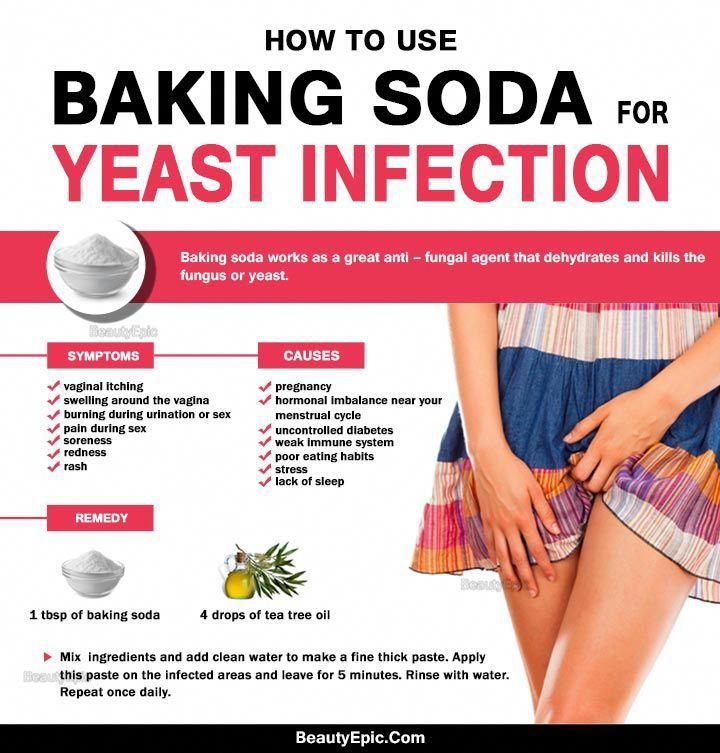
Causes, symptoms, pictures, and treatment
Intertrigo is a skin condition that causes a rash in skin folds, such as under the breasts, in the groin, or in stomach folds. The rash may be sore or itchy.
It happens when areas of moist skin rub together. Bacteria and yeast can grow in this environment, leading to an infection.
In this article, we describe what intertrigo is, what it looks like, and what causes it. We also cover diagnosis, treatment, and prevention.
Intertrigo is a skin condition that happens when folds of skin chafe against each other.
It usually develops in the inner thighs or armpits, or under the breasts or tummy fold.
Some people may experience yeast or bacterial infections in the folds of skin.
Areas of moist skin rubbing together cause intertrigo. The warm, damp environment makes the skin conducive to irritation and the growth of yeast and bacteria, which can lead to an infection.
While it can happen at any age, intertrigo tends to affect infants, older people, and those with a reduced ability to move around.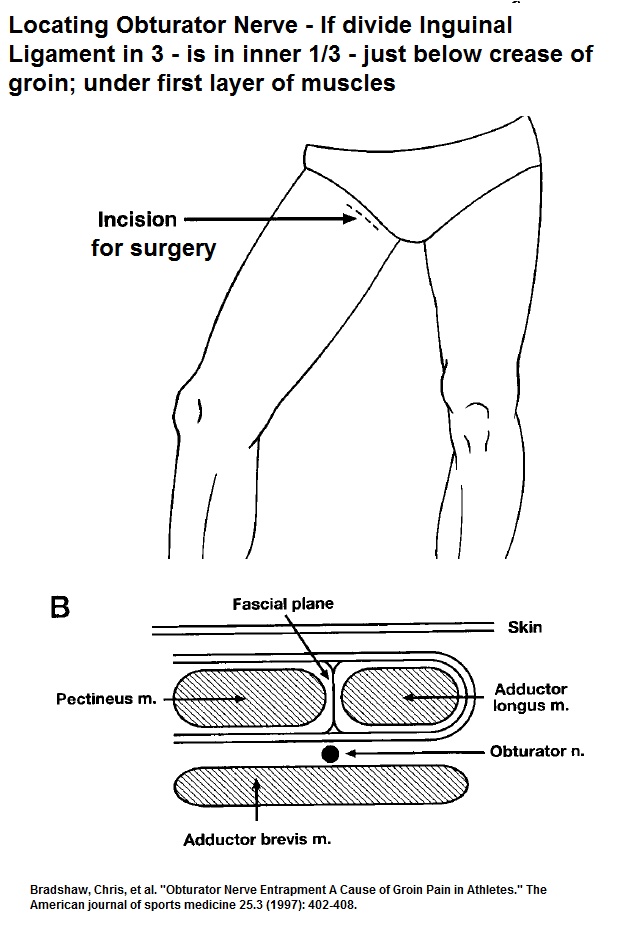 In babies, it is often called diaper rash. Most cases occur in hot or humid environments and during the summer.
In babies, it is often called diaper rash. Most cases occur in hot or humid environments and during the summer.
Intertrigo is also more common in adults with incontinence, obesity, diabetes, or a weakened immune system.
Specific health conditions that can contribute to the development of intertrigo include:
Inverse psoriasis
Also known as intertriginous psoriasis, this form of psoriasis develops in the folds of the skin. It can look red and shiny.
Hailey-Hailey disease
Hailey-Hailey disease is a rare genetic disorder that causes skin cells to stick together and breaks down the layers of the skin.
People with Hailey-Hailey disease usually experience blisters and irritations on the neck, armpits, and genitals and in the folds of the skin.
Pemphigus
There are different types of pemphigus, but they all happen when the body’s immune system attacks the healthy cells in the top layer of the skin.
It typically causes blisters in the mouth, nose, throat, eyes, or genitals.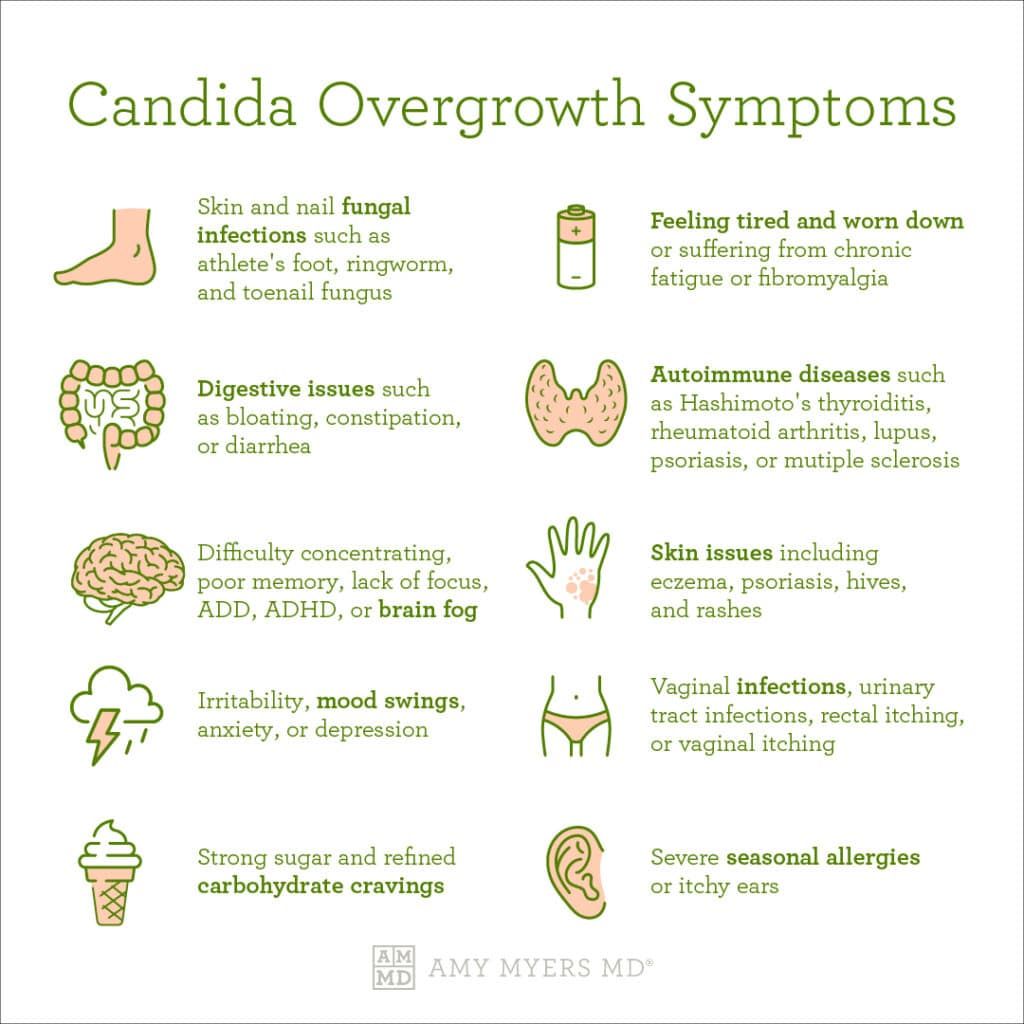
Bullous pemphigoid
A fault in the immune system causes bullous pemphigoid. People with the condition can develop mild, itchy welts or more severe blisters on the skin. These tend to appear on areas of the skin that flex or move.
Intertrigo looks like a red, raw rash on the skin. It may feel sore or itchy, and it can sometimes ooze.
It can develop in any fold of the skin. The most commonly affected areas of the body include:
- the inner thighs
- under the breasts
- in the fold of skin underneath a protruding belly
- the groin
- between the buttocks
- in the webs of the fingers
- in the webs of the toes
Intertrigo may develop in one or more of these places.
It will often be a specialist skin doctor, or dermatologist, who diagnoses intertrigo. They will do this by inspecting the skin and asking a series of questions about the person’s symptoms.
If the dermatologist suspects that a yeast or bacterial infection has developed in the skin fold, they may take a swab and send it to a laboratory for analysis.
An article in the Journal of the Dermatology Nurses’ Association offers the following advice on treating intertrigo:
- Wash the affected area with ketoconazole 1% shampoo, which is available from most drugstores. People should leave it on for 2–5 minutes and then rinse it off.
- Use a hairdryer on a low setting to ensure that the area is completely dry.
- Mix equal amounts of clotrimazole 1% cream (or miconazole 1% cream) and hydrocortisone 1% cream and apply a thin layer to the affected area. People should do this twice a day until the rash is clear, which may take 3–8 weeks.
- Once the rash has cleared, continue to use the ketoconazole 1% shampoo as soap in the affected area at least once a week.
- Dry the skin with a hairdryer after every bath or shower, or whenever it feels particularly damp.
The best way to prevent intertrigo is to keep the area dry. People who experience the condition due to obesity can speak to a doctor about ways to lose weight and reduce the risk of skin complications.
The American Osteopathic College of Dermatology suggest that people prevent intertrigo by:
- placing a wad of absorbent material, such as cotton, in the affected fold to absorb sweat
- using antiperspirants
- washing daily with an antibacterial soap
- dusting the affected area with an absorbent antifungal powder once it is clean and dry
Anyone who finds that the problem keeps coming back should speak to a doctor.
Intertrigo is a skin condition that happens when areas of moist skin rub against each other. It causes a red, raw-looking rash and can lead to yeast and bacterial infections.
It can happen to anyone, but it is most common in babies, older people, individuals with mobility problems, and those with obesity.
People can easily treat the rash at home with over-the-counter creams and lotions. They can also prevent it from coming back by keeping the area clean and dry.
Anyone who experiences multiple incidences of intertrigo should speak to a doctor.
What is thrush during pregnancy – Omega-Kyiv guide
In preparation for pregnancy, a woman undergoes a comprehensive examination by a gynecologist in a private clinic, and passes all the necessary tests. But this does not protect her from all the dangers that surround weakened by pregnancy immunity. Quite often, in an absolutely healthy woman, the onset of pregnancy is accompanied by thrush. Thrush – (scientific name “candidiasis”) is an infectious disease caused by a fungus of the genus Candida. The disease is accompanied by white curdled discharge from the vagina, which is not typical for a healthy woman.
Why is thrush dangerous during pregnancy?
If you start treatment in a timely manner, then thrush during pregnancy is not dangerous. Some believe that it is pointless to treat thrush, because this phenomenon occurs against the background of hormonal changes during pregnancy. But this opinion is erroneous and can lead to infection of the baby with stomatitis, which will lead to problems with feeding. Also, thrush can cause erosion of the uterus, which subsequently leads to a loss of elasticity of the vagina and ruptures during childbirth.
Also, thrush can cause erosion of the uterus, which subsequently leads to a loss of elasticity of the vagina and ruptures during childbirth.
What are the symptoms of thrush during pregnancy?
The symptomatology of the disease during pregnancy does not differ much from the usual signs of thrush.
Symptoms of candidiasis during pregnancy:
- White or white-yellow vaginal discharge. By consistency, the discharge can be liquid or cheesy;
- Discharge may have a sour, offensive odor;
- Discomfort caused by intense itching inside the vagina. The most severe itching occurs at night, after taking a hot bath or after sexual intercourse; Pain when urinating.
The treatment of thrush during pregnancy must be treated with particular importance. You should forget all the ways of “self-treatment at home”, and immediately consult a doctor. This action is primarily due to the fact that during pregnancy, many medicines are prohibited and can harm the baby.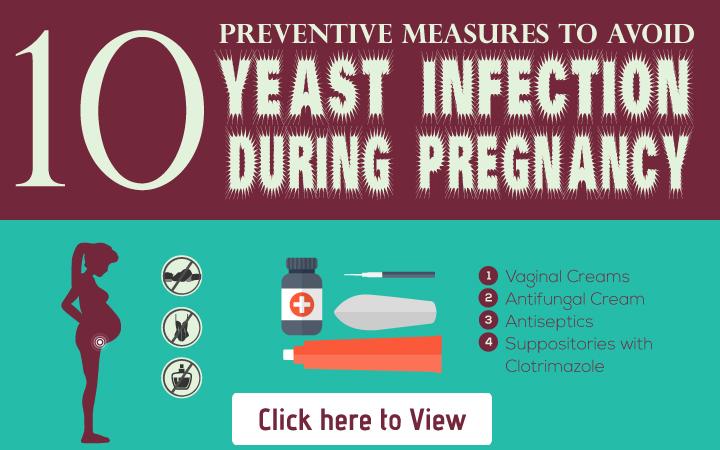 The gynecologist will help you choose drugs that do not harm the child. The most effective and safe methods of treatment will be suppositories and topical ointments. Also, based on the recommendations of the doctor, you can apply folk methods of dealing with the disease.
The gynecologist will help you choose drugs that do not harm the child. The most effective and safe methods of treatment will be suppositories and topical ointments. Also, based on the recommendations of the doctor, you can apply folk methods of dealing with the disease.
Concerning methods of preventing thrush during pregnancy, gynecologists give the following recommendations:
- Replace synthetic and uncomfortable underwear with cotton products;
- Daily maintain vaginal hygiene, avoid excessive dampness, because a humid environment contributes to the growth and reproduction of the fungus;
- Exclude from the diet alcohol, high-calorie and junk food that contains preservatives. Significantly reduce the consumption of sugar and synthetic food additives;
- Mostly switch to a healthy and proper diet; Avoid stressful situations, as well as conduct regular check-ups with a gynecologist for prevention.
Go away, milkmaid!
Go away, milkmaid!
Thrush is a word familiar to many people.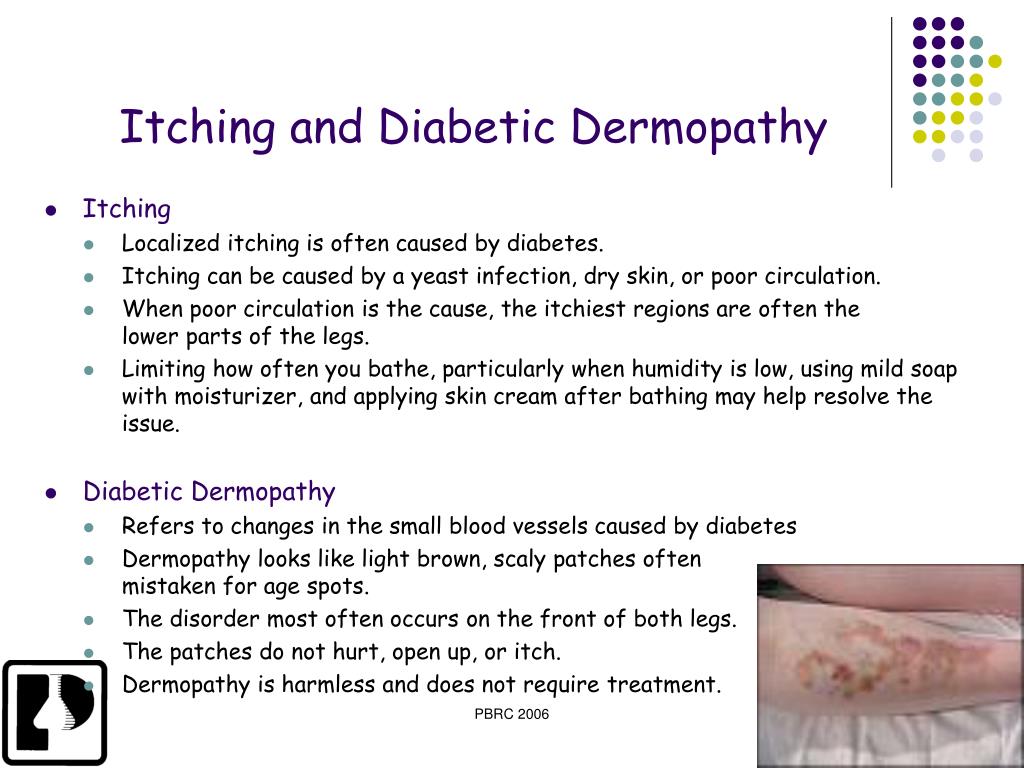 The medical name for this disease is candidiasis . This is a disease of the skin, mucous membranes, internal organs due to the pathogenic effects of fungi of the genus candida . One of the common misconceptions is that this is only a female disease , so its role is often underestimated.
The medical name for this disease is candidiasis . This is a disease of the skin, mucous membranes, internal organs due to the pathogenic effects of fungi of the genus candida . One of the common misconceptions is that this is only a female disease , so its role is often underestimated.
“First date” with this fungus can occur in the neonatal period , but immunity to this fungus is not formed and thrush can be repeated several times during life.
In the current situation of the rapid development of the pharmaceutical market, new highly effective antifungal drugs have been introduced into the doctor’s practice, which help to save the patient from the troubles caused by the fungus . But if you do not identify the reasons why the fungus periodically attacks you, you will have to take drugs in a constant mode , but they are not so harmless.
Fungi of the genus Candida are widely distributed in the environment. As saprophytes, they can be found on the skin and mucous membranes of a person, they can be isolated from urine, feces, sputum in small quantities in a healthy person. The disease develops both when these fungi enter from the environment, and due to their own, living in the environments of the body.
As saprophytes, they can be found on the skin and mucous membranes of a person, they can be isolated from urine, feces, sputum in small quantities in a healthy person. The disease develops both when these fungi enter from the environment, and due to their own, living in the environments of the body.
Causes of fungus appearance
There are many reasons why a fungus turns from a friend into an enemy. Here are some of them:
- intestinal dysbacteriosis,
- failure of immunity,
- lack of intake and assimilation of vitamins.
- occupational hazards,
- inflammatory diseases,
- diabetes,
- frequent lesions of the skin and mucous membranes,
- uncontrolled intake of antibacterial drugs and antibiotic therapy without parallel administration of appropriate doses of antifungal drugs,
- hormonal disorders,
- taking hormonal contraceptives, etc.
Types of disease and localization
Isolate superficial candidiasis of mucous membranes, skin, nails, chronic generalized, granulomatosis and visceral candidiasis. The main complaint in lesions of the skin and mucous membranes are itching, burning, and sometimes soreness. On the mucous membranes, against the background of redness, white dot plaques appear, which gradually merge with each other to form films. With the defeat of the genital organs in women (vulvovaginal candidiasis), there is a discharge of white color, thick, reminiscent of curdled milk in consistency, may be crumbly, with a sour smell. In men, the lesion is localized in the region of the glans penis and the inner layer of the foreskin (candidiasis balanoposthitis): foci of redness appear, superficial erosions, white plaques may form.
The main complaint in lesions of the skin and mucous membranes are itching, burning, and sometimes soreness. On the mucous membranes, against the background of redness, white dot plaques appear, which gradually merge with each other to form films. With the defeat of the genital organs in women (vulvovaginal candidiasis), there is a discharge of white color, thick, reminiscent of curdled milk in consistency, may be crumbly, with a sour smell. In men, the lesion is localized in the region of the glans penis and the inner layer of the foreskin (candidiasis balanoposthitis): foci of redness appear, superficial erosions, white plaques may form.
Another favorite localization of candidal lesions are natural skin folds: under the mammary glands, inguinal, intergluteal. Lesions on the skin with clear boundaries, with a border of whitish macerated epidermis, the surface is weeping, crimson-cyanotic color.
Candida often affects the skin of the hands among food workers.